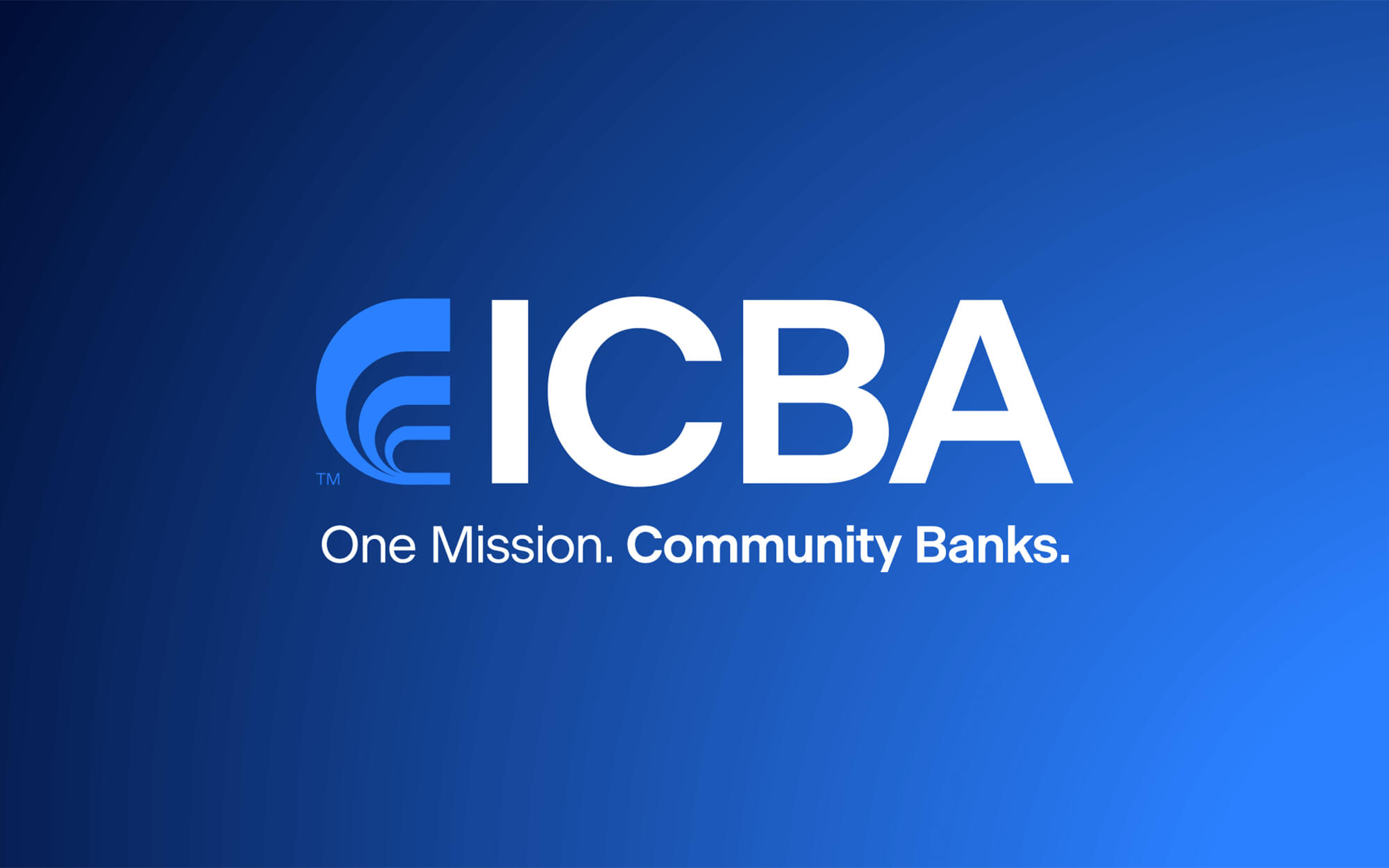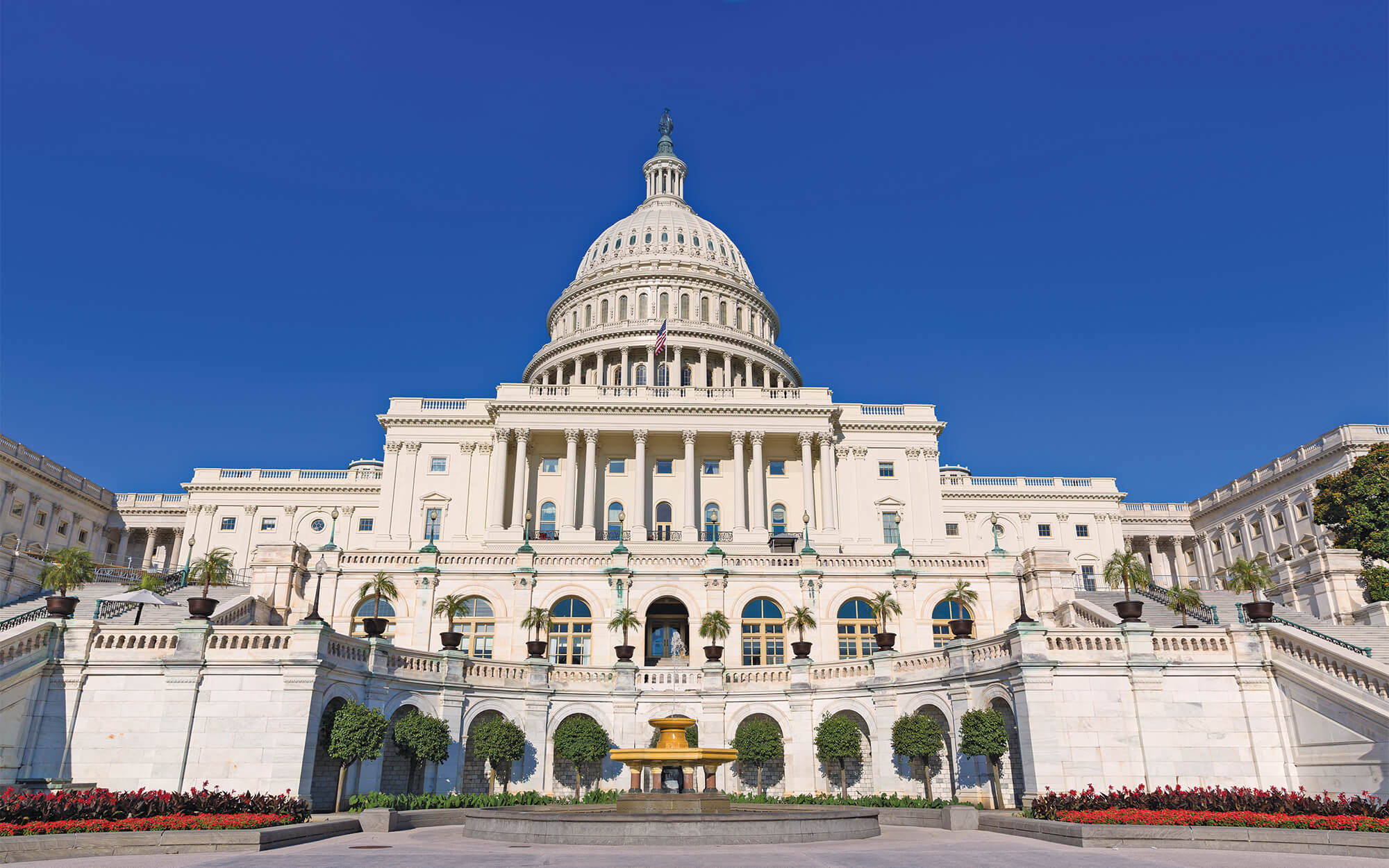OK, so you’ve got unrealized losses in your bond portfolio. Community bank investment managers have collectively responded in a number of ways, including these strategies:
- Doing nothing differently
- Reclassifying some bonds from Available-for-Sale (AFS) to Held-to-Maturity (HTM)
- Buying shorter or adjustable-rate bonds (to limit price volatility)
- Buying longer bonds (to lock in yield and lessen reinvestment risk)
Each of these tactics can make sense to a given institution, accounting for risk tolerances and exposures. They’ve been covered in this space, and plenty of others, since 2020. But one subplot that I’ve not seen over-reported is this phenomenon: Yield spreads have widened this year, in spite of benchmark Treasury yields spiking higher. What gives?
Spreads revisited
“Spread” in the context of this column means the incremental yield that attaches to a bond with some kind of risk that’s over and above a risk-free alternative. Credit risk is assumed to be nonexistent in bonds guaranteed by the federal government—namely, treasuries.
The remaining risks for our purposes are price, liquidity and optionality. Price risk, or the possibility that the value of an investment will decline if interest rates rise, is the only one that cannot be avoided completely. The others, liquidity and optionality, are present and visible in almost every bond which a community bank owns. That’s why most portfolios have few treasury bonds: Their superior quality causes them to yield less than “risky” variations. The return of a given bond owned by your community bank, and of your collection of bonds in aggregate, is a permutation of the risks embedded.
Even as the Fed has pushed through a multitude of rate hikes this year, it’s also quit buying bonds completely, so a large buyer has left the building (which is not an obtuse reference to Elvis Presley).
If rates rise, it’s usually the result of an improving economy (which, as we’ve seen, can bring inflation with it). As general financial health improves, so does credit quality, at least in theory. Something else in play is that optionality, or “call” risk, declines as rates increase, since the borrowers/issuers of your bonds have less financial incentive to refinance their debt early. All these conspire to cause spreads to shrink as rates rise. Usually, that is.
Not this time
Fast forward to 2022. Even as the Fed has pushed through a multitude of rate hikes this year, it’s also quit buying bonds completely, so a large buyer has left the building (which is not an obtuse reference to Elvis Presley). Higher interest rates have caused some sectors, in particular mortgage-backed securities (MBS), to extend their average lives, where investors expect more spread to compensate for greater price risk.
A separate but related consequence of rising rates is that the municipal bond sector has been in a bit of disarray lately. Munis are often the longest maturities in a community bank’s investment portfolio, and therefore will lose more market value than other varieties. What’s interesting is a majority of the entire $4 trillion muni market is owned not by institutional investors such as banks but by individuals either in the form of individual small blocks or mutual funds. There has been a noticeable net outflow in muni bond funds this year, again removing a large investor group from that market. I’m pleased to report that there has been no noticeable decline in the credit quality of the sector in this cycle, at least not yet.
This combination of rate hikes by the Fed, and the disappearance of buyers for treasuries, MBS and munis, have caused spreads to widen when normally they’ve held steady or shrunk. This is part of the reason bank portfolios are so far underwater.
To put a pencil to it, a very simple MBS at the start of 2022 would have had a spread over the Treasury curve of about 15 puny basis points (0.15%); today, a similar bond can be found at about 65 basis points, or incremental yield of a full 0.50%. In the municipal sector, a high-quality 10-year muni has seen its spreads increase by a similar amount.
What happens next
When will spreads return to normal? A lot of variables are at play here, and some of the answer is predicated on how softly the Federal Open Market Committee can bring this economy down to the runway. If inflation (and therefore rates) remains high, it’s possible buyers will reappear to snap up attractive yields, causing spreads to narrow. If a worse-than-expected recession emerges and rates start to fall, spreads could remain wide as credit and call risk start being priced in again.
And then there’s the chance we have both high rates and a recession. That’s clearly the worst outcome. But if yield spreads remain wide, a case can be made that there’s relative value in the type of high-quality bonds community banks own. Time to buy? Maybe.
Education on tap
ICBA Securities and its exclusive broker Stifel Financial resume the 2022 Community Banking Matters webinar series on Sept. 13 at 10 a.m. Central. The topic is “Municipal Market Update: Investment Strategies and Credit.” Register Here »
Bank strategies webinar this month
Stifel will host its 3rd quarter Bank Management and Consulting webinar on Sept. 22 at 10 a.m. Central. The presenters will be Marty Mosby and David Kantor. Contact your Stifel rep for more information and to register.






